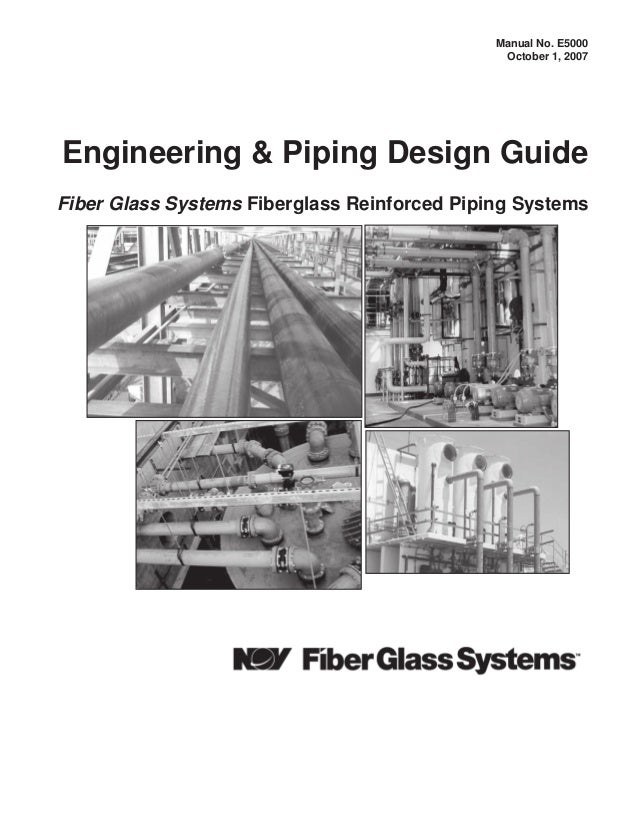
Curran P.E., Former Executive Director I. PurposePiping selection considerations for a retail motor fuel dispensing facility should include a flow rate criterion to fuel vehicles at the maximum Environmental Protection Agency (EPA) allowable of 10 gallons per minute during peak traffic periods.
High-volume consumers (e. G., commuters and commercial accounts), are sensitive to the time it takes to refuel their vehicles, and they represent a significant market segment. While hydraulic flow rate calculations may be made on a site-specific basis, the purpose of this paper is to describe the major factors that reduce flow rate, how the three most common materials used to manufacture piping affect these flow rate factors, and cite flow rate “rules of thumb” for small and large retail vehicle refueling facilities based on the most commonly used piping systems. ScopeUnderground pipe materials fall into four general categories: iron, copper, steel and non-metallic. Cast-iron is not practical for small diameter pressure applications. While copper may be used, it is not price competitive. This leaves steel and non-metallic piping as the system materials of choice.
The first of these materials, steel, was the traditional choice for underground piping until the late-1960’s when fiberglass-reinforced thermosetting plastic (FRP) was Underwriters Laboratories, (UL) Listed and solved the steel pipe corrosion problem. Later, in 1993, the first flexible thermoplastic piping system was UL Listed for petroleum products, alcohols and alcohol-gasoline mixtures. While several flexible systems are UL Listed, there are five that are widely marketed. Therefore, this paper is limited to flow rates that can be expected for steel, FRP and the five commonly marketed flexible thermoplastic piping systems.
Factors that Reduce Flow RateThe flow rate of a fluid in a piping system is a function of the:Inside Diameter (“ID”) of the pipe and its fittings (e.g., elbows, connectors and tees); Friction loss of the pipe bore surface (i.e., smoothness); andTurbulent flow rather than laminar flow (e.g., ID corrugations, ID diameter changes and changes in the direction of fluid flow).The design challenge is to achieve the desired flow rate coupled with the most cost-effective piping system. Recognizing that larger diameter pipe and pipe fittings are more costly than their smaller diameter counterparts, the designer needs to investigate which piping system will achieve the desired flow rate in its smallest diameter configuration.
This will mean selecting a nominal size pipe with the largest ID for that size, the smoothest bore and fittings or piping connections with a minimum increase in fluid turbulence. Piping MaterialsThe piping material used will dictate the manufacturing and joint connection methods employed, both of which will result in different flow rate characteristics. Hence, the following discussion on manufacturing and installation methods for different materials will help describe inherent flow rate characteristics for each type of piping system. Black iron steel: Black iron steel (i.e., not galvanized steel) and non-metallic pipes are the two materials recommended by the American Petroleum Institute (“API”) and Petroleum Equipment Institute (“PEI”) for underground petroleum piping systems. Materials: The most frequently used steel pipe is made to ASTM A106 or A53 requirements. Both ASTM A106 and A53 have identical chemical compositions, but A106 is subjected to more rigorous testing.

Fiberglass Chemical Resistance
Both are fabricated in Grades A and B; Grade B is less ductile but has higher strength properties and is therefore specified more commonly. b.